Importing plastics into Canada or the U.S. involves understanding and complying with a range of regulations, documentation, and compliance requirements to ensure smooth customs clearance and adherence to environmental standards.
Hiring a licensed customs broker such as A & A Customs Brokers can simplify the process, ensuring all documentation and compliance requirements are met.
Here are the key aspects you need to know:
Overall, leveraging the expertise of a licensed customs broker such as A & A Customs Brokers can streamline the import/export process for plastics into the USA or Canada, ensuring compliance with customs regulations, minimizing delays, and optimizing costs
In addition to customs entry and trade compliance support, A & A Global Logistics can help you plan for the transportation and logistics of importing or exporting pulp and paper products, including choosing appropriate shipping methods, packaging materials, and handling procedures to ensure product integrity and timely delivery.
If you are considering making a switch, let’s have a conversation so you can learn how with A & A Customs Brokers, there is a better way. We can help ease the transition process and take the fear out of switching!

NOTE: All details pertaining to CARM R2 processes are based on the current information available at the time of writing. As this is subject to change, it’s recommended you periodically check in with the CBSA or your customs broker.

